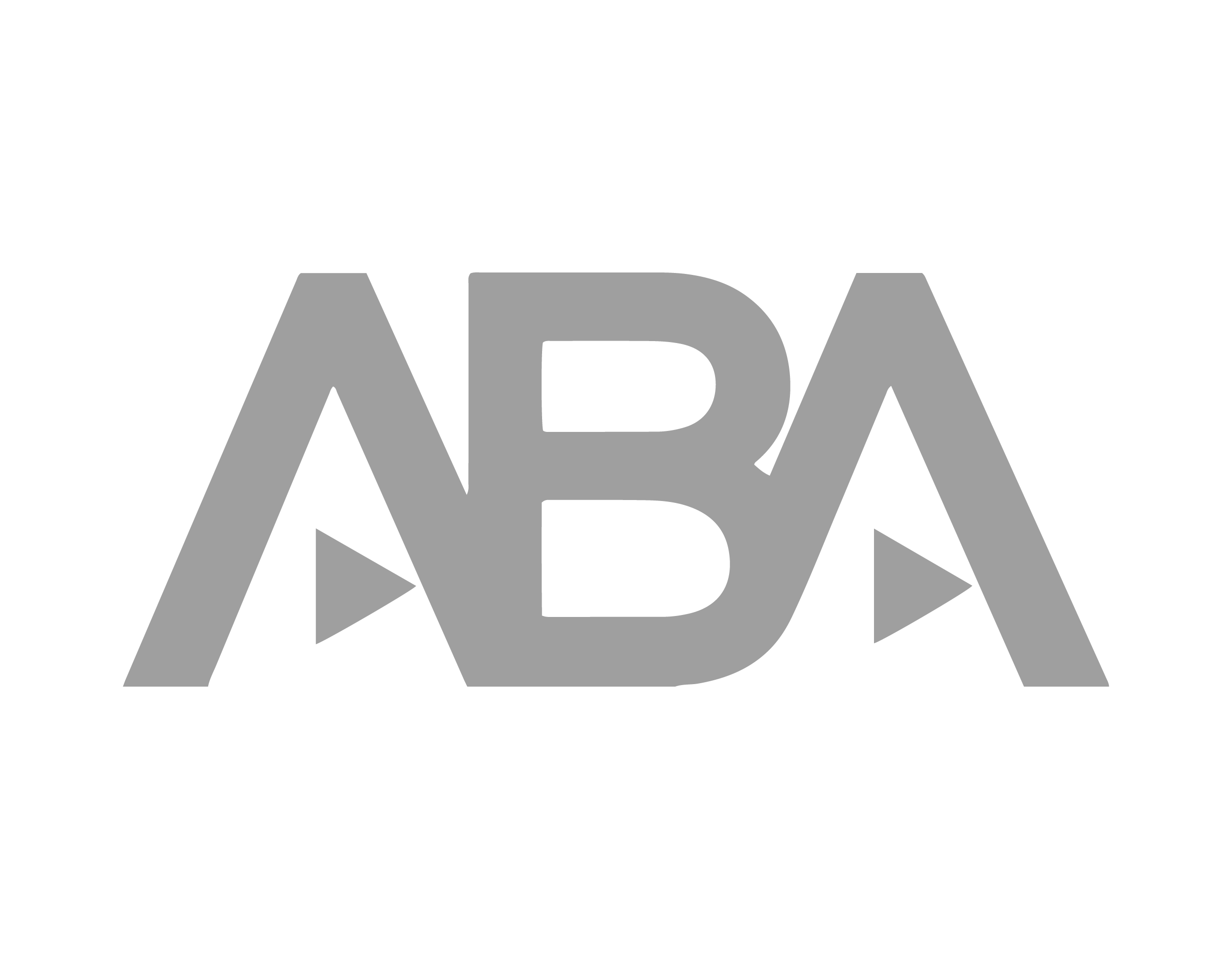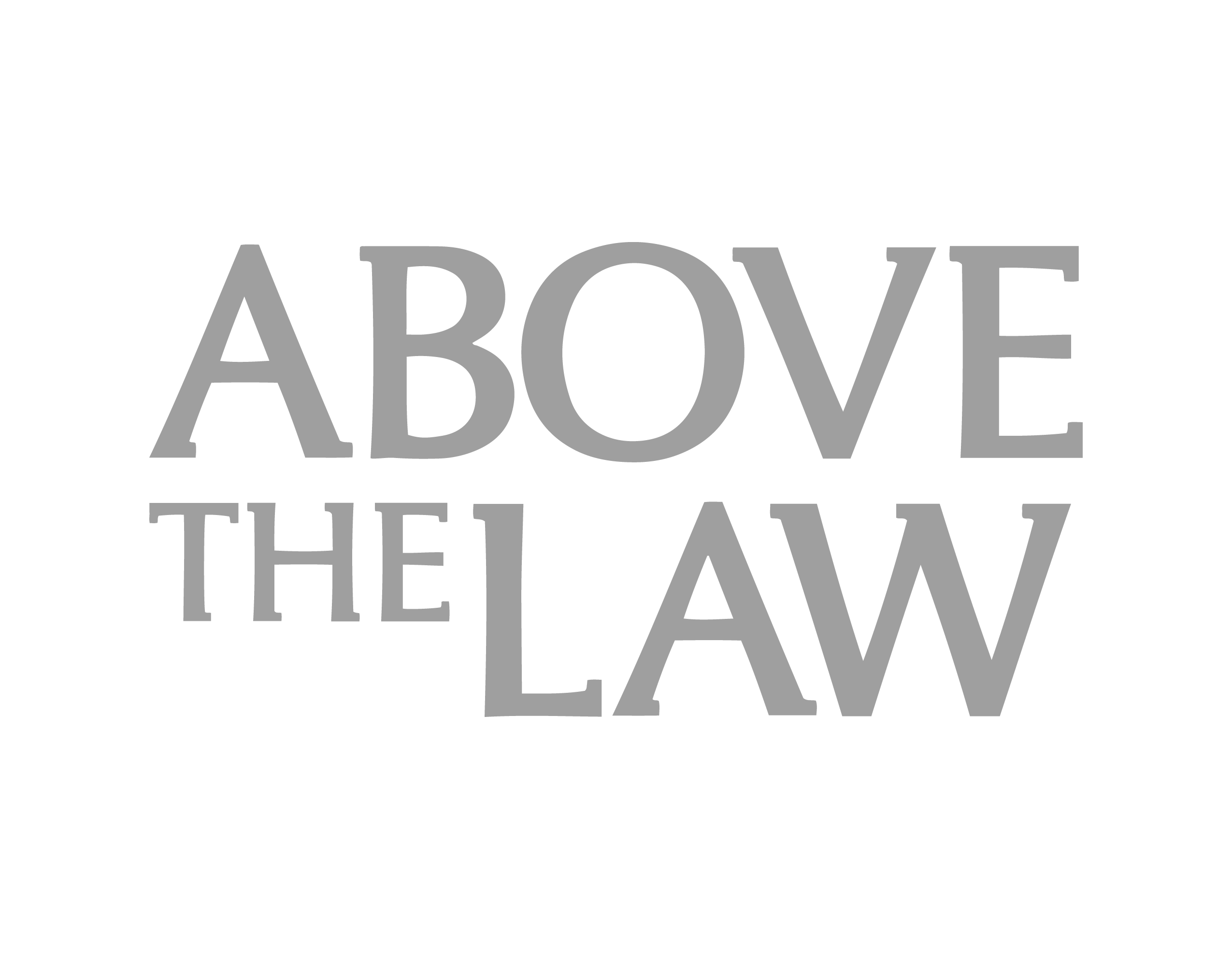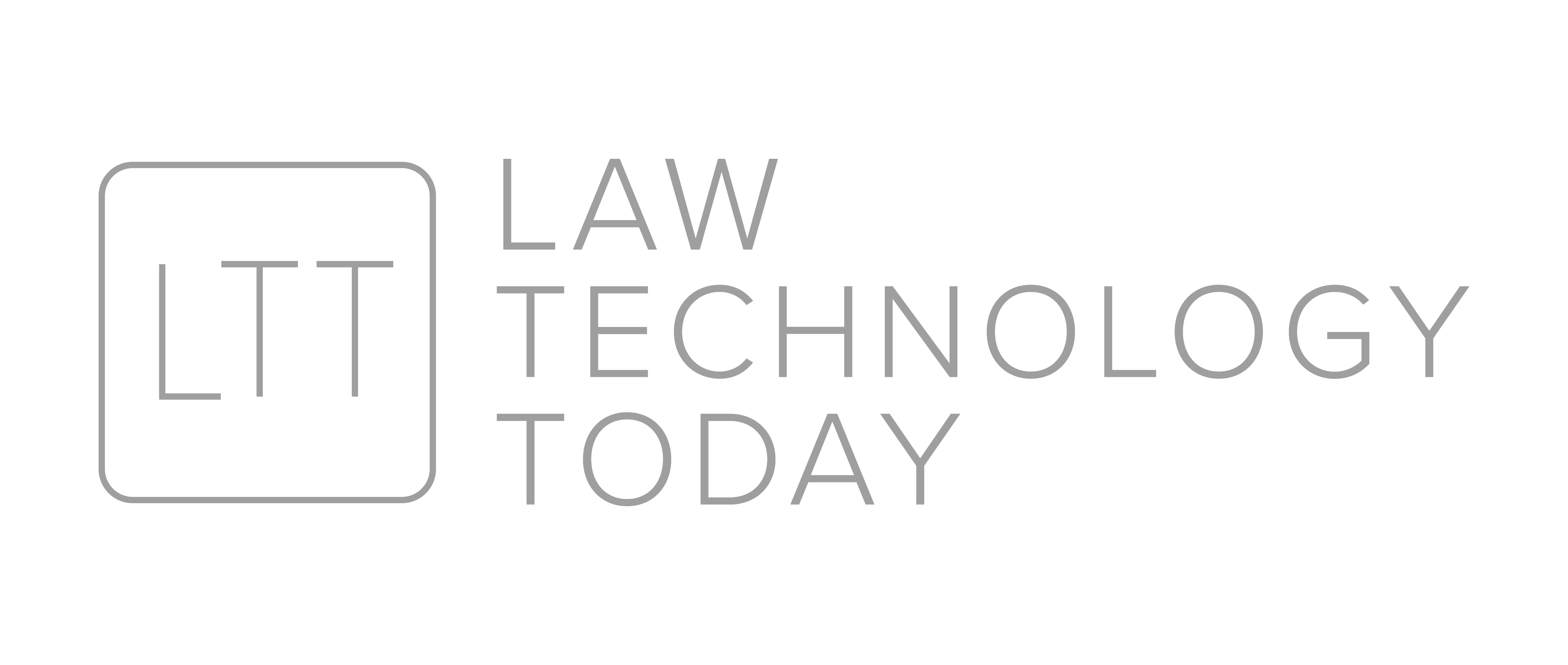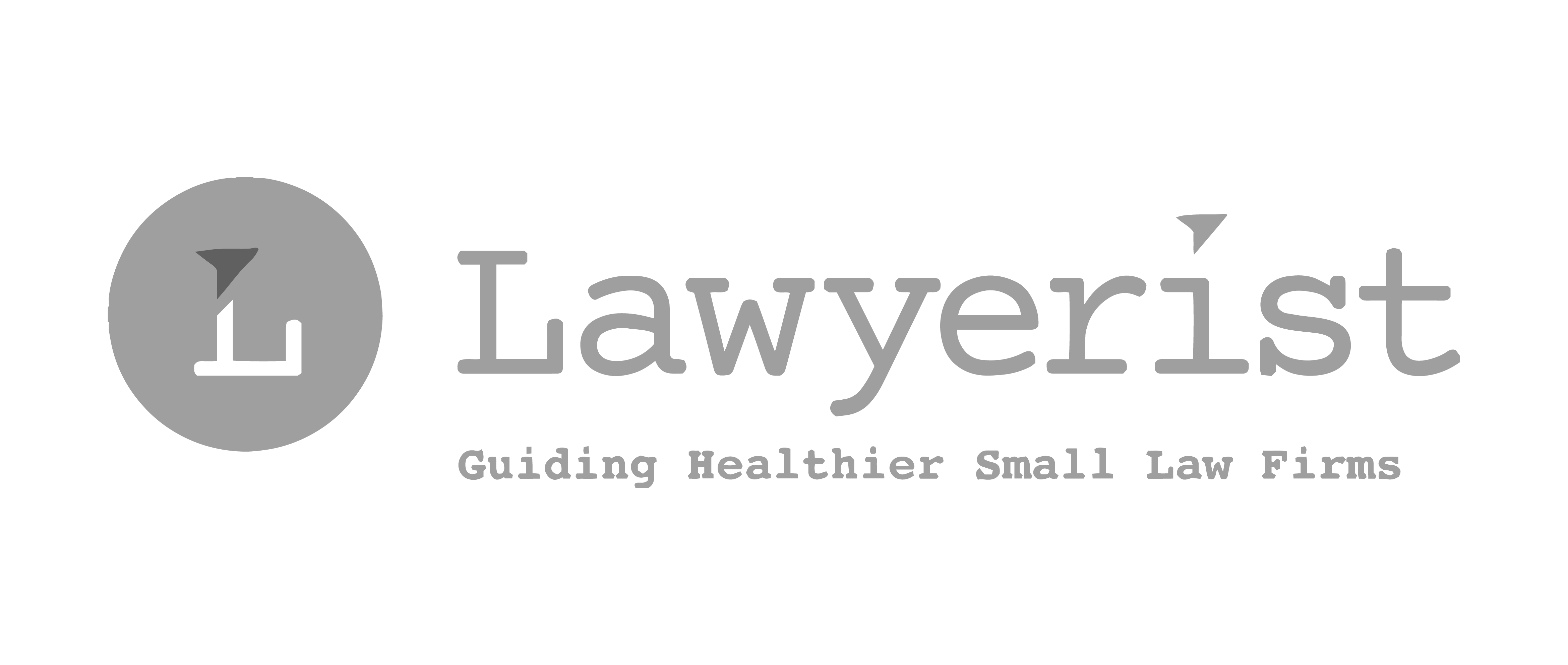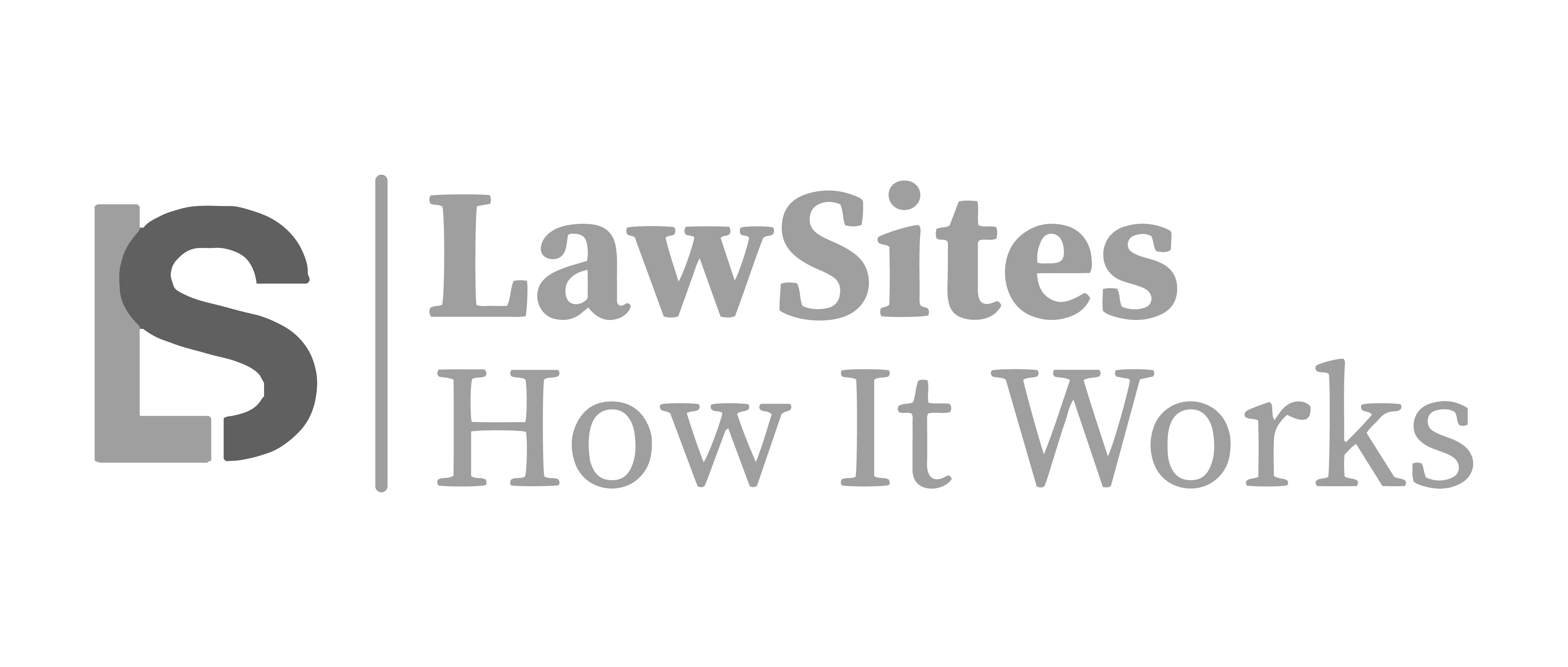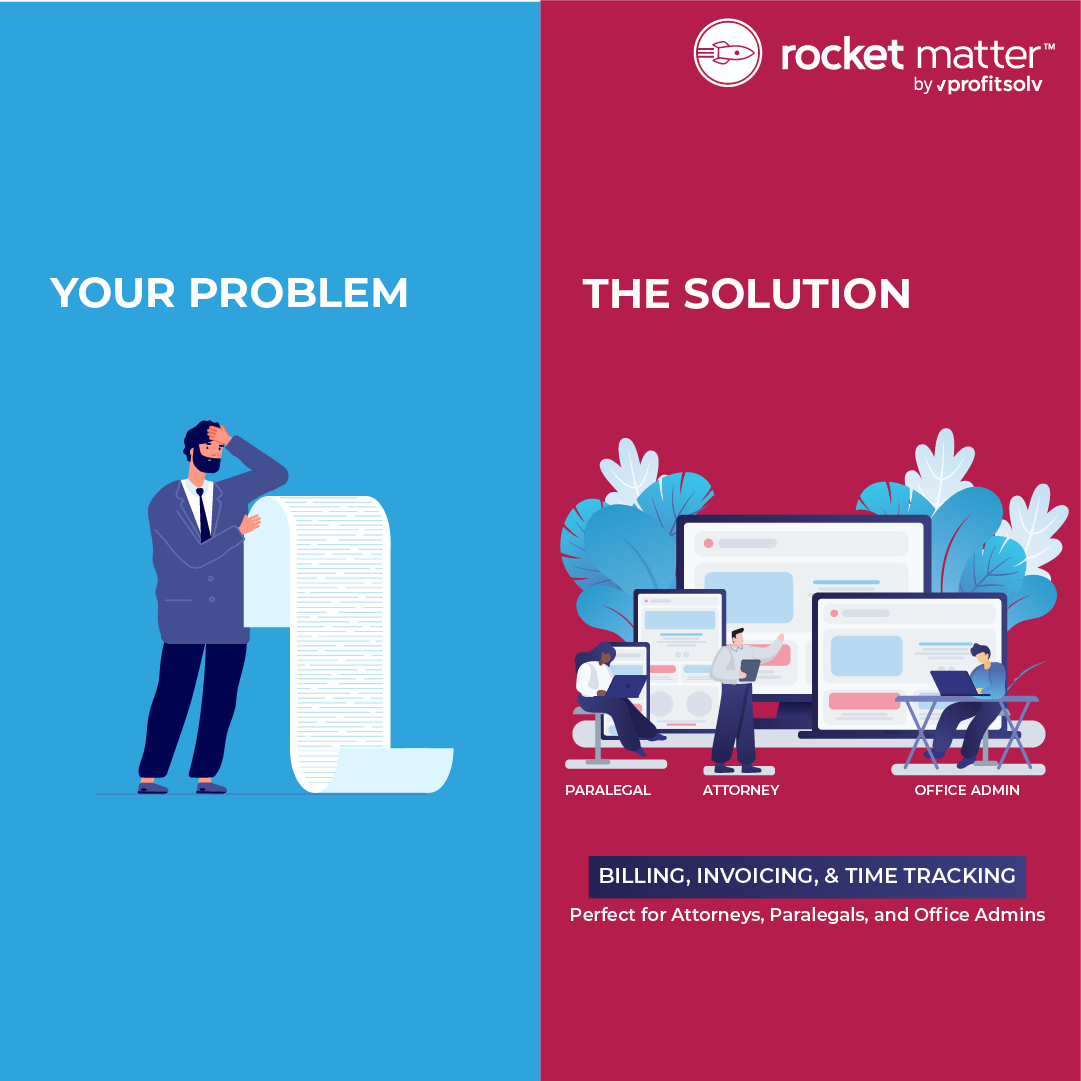Are Electronic Signatures Legally Binding? What Lawyers Should Know

The days of chasing down clients for signatures—slowing down the process and piling up paperwork—are over. Electronic signatures, or eSignatures, have emerged as a secure and efficient alternative that’s easy to use. An eSignature is the digital equivalent of a handwritten signature, allowing individuals to sign documents electronically by typing their name, drawing their signature with a stylus or mouse, or even using biometric methods like fingerprints or facial recognition.
But how reliable are they? And more importantly, are electronic signatures legally binding? Understanding the legal framework surrounding eSignatures is crucial for lawyers who want to integrate this technology into their practice without a hitch. Let’s discuss the legality of eSignatures, their enforceability, and how lawyers can leverage them effectively within their practice while maintaining compliance.
The Advantages of eSignatures for Law Firms
The legal validity of eSignatures is crucial and their benefits extend far beyond simply replacing wet signatures. Here are several key reasons why law firms should embrace eSignatures:
Enhanced Efficiency and Streamlined Workflows
eSignatures eliminate the cumbersome back-and-forth of physically mailing documents, waiting for signatures, and resending them if misplaced. With eSignatures, lawyers can send documents for signature electronically, allowing clients to sign them from anywhere, at any time. This significantly reduces turnaround times and streamlines the entire document signing process.
Improved Client Satisfaction
Clients appreciate the convenience and ease of use offered by eSignatures. They can review and sign documents on their own schedules, eliminating the need to visit the law firm in person. This fosters a more positive client experience and builds stronger relationships.
Reduced Costs
Adopting eSignatures can lead to significant cost savings for law firms by eliminating the need for printing, postage, and courier fees associated with traditional document handling. Additionally, by reducing paper usage, eSignatures can help law firms save space on document storage.
Environmental Friendliness
Electronic signatures offer a sustainable alternative to paper-based processes. By reducing paper usage, law firms can minimize their environmental impact and promote a greener legal practice. This can be a significant advantage for attracting clients who share similar environmental values.
Free Guide
The Paperless Law Office: A 12-Month Plan
for Going Paperless
This free guide will provide you with an actionable plan for going paperless, with monthly tasks that include:
1. Determining your paperless processes
2. Establishing naming and filing conventions
3. Choosing an online storage provider
4. Embracing mobile paperless tools
5. And more important resources!
Are Electronic Signatures Legally Binding?
The question remains: are digital signatures legally binding? The answer is a resounding yes, under the right circumstances. In the United States, the legal validity of eSignatures is firmly established through federal and state legislation.
Two primary laws govern the use of eSignatures in the U.S.:
The Electronic Signatures in Global and National Commerce Act (ESIGN)
This federal law recognizes eSignatures as having the same legal effect as traditional signatures in most circumstances. It establishes a general framework for the validity of electronic contracts and signatures.
The Uniform Electronic Transactions Act (UETA)
Adopted by most states, UETA complements ESIGN by providing a framework for electronic transactions and record-keeping within individual states. It also addresses issues such as the formation of contracts, the attribution of electronic communications, and the retention of electronic records.
In essence, ESIGN and UETA provide a strong legal foundation for the use of eSignatures in the United States. They ensure that eSignatures are treated as legally equivalent to traditional signatures, unless specific exceptions apply.
However, it's important to note that whether an electronic signature is binding or not can vary slightly from state to state. While UETA is widely adopted, some states may have additional laws or regulations that affect the use of eSignatures. Therefore, it's advisable to consult with local legal counsel to ensure compliance with specific state requirements.
8 Essential Criteria that Make an Electronic Signature Enforceable
To ensure the legal enforceability of eSignatures, specific criteria must be met. These criteria help establish the integrity and authenticity of the signature, protecting the interests of all parties involved.
1. Intent to Sign
The signer must clearly intend their electronic signature to represent their approval of the document. This can be demonstrated through various means, such as clicking a "sign" button, typing their name, or using biometric authentication.
2. Consent to Electronic Transaction
Both parties involved in the transaction must agree to use eSignatures. This consent can be expressed through a written or electronic agreement or by their actions in using the eSignature platform.
3. Choice to Opt-Out
The signer must have the option to request a paper copy of the document for a wet signature if desired. This ensures that the signer is not forced to use eSignatures against their will.
4. Record Retention
The eSignature platform must ensure secure storage and retrieval of signed documents for future reference. This includes maintaining the integrity of the document and the associated eSignature.
5. Authentication
Appropriate authentication methods must be used to verify the signer's identity. This can include password authentication, multi-factor authentication, or biometric authentication.
6. Non-Repudiation
The eSignature platform should provide mechanisms to prevent the signer from later denying their signature. This can be achieved through tamper-evident audit trails and other security measures.
7. Time Stamping
The eSignature platform should apply a time stamp to the signature to establish the date and time of signing. This helps prevent disputes over the date of the signature.
8. Evidence of Acceptance
There should be evidence that the recipient of the signed document has accepted it. This can be demonstrated through a confirmation email, a digital acknowledgment, or other means.
By meeting these criteria, eSignatures can be considered legally binding and enforceable in court. It's important for law firms to ensure that their eSignature solutions comply with these requirements to protect their clients' interests and avoid potential legal disputes.
Documents Suitable for eSignatures
Now that we've established the legal framework for eSignatures, let's explore the practical applications. Which types of legal documents are suitable for authentication with eSignatures?
In general, eSignatures are widely accepted for a variety of legal documents, including:
- Contracts and Agreements. Sales contracts, lease agreements, employment contracts, non-disclosure agreements, and other contractual documents.
- Business Documents. Invoices, purchase orders, receipts, and other business-related documents.
- Legal Correspondence. Letters, memos, and other written communications between parties.
- Financial Documents. Loan applications, promissory notes, and other financial agreements.
- Human Resources Documents. Employment applications, performance reviews, and employee handbooks.
- Healthcare Documents. Consent forms, medical records, and other healthcare-related documents.
However, there are certain types of legal documents that may still require traditional ink signatures. These often include:
- Wills and Trusts. Due to the sensitive nature of these documents, many jurisdictions still require wet signatures for wills and trusts.
- Powers of Attorney. Powers of attorney may also require traditional signatures, especially if they grant significant authority.
- Certain Real Estate Documents. Some real estate transactions may still require wet signatures, particularly for deeds and mortgages.
It's essential to consult with local legal counsel to determine the specific requirements for eSignatures in your jurisdiction, especially for documents with significant legal implications.
Best Practices for Implementing e-Signatures in Your Law Firm
Adopting eSignatures requires careful planning and execution to ensure a smooth transition and maximize the benefits. Here are a few best practices:
Provide Comprehensive Training
Ensure your legal team and staff receive adequate training on the eSignature platform. This includes proper use of the software, understanding the legal implications of eSignatures, and addressing any concerns or questions.
Develop Clear Policies and Procedures
Establish clear policies and procedures for the use of eSignatures within your firm. This includes guidelines for document preparation, signature collection, record retention, and compliance with relevant laws and regulations.
Educate Clients
Educate your clients about the benefits and legality of e-signatures. Provide clear instructions on how to use the eSignature platform and address any concerns they may have.
Monitor and Audit
Regularly monitor and audit your eSignature processes to ensure compliance and identify areas for improvement. This includes reviewing audit trails, updating policies and procedures as needed, and addressing any security breaches.
Stay Informed
Keep up-to-date with the latest legal developments and best practices related to eSignatures. This includes staying informed about changes in relevant laws and regulations, emerging technologies, and industry trends.
Choose the Right eSignature Solution
Selecting the right eSignature platform is crucial for the success of your implementation. Look for a solution that offers a user-friendly interface, robust security features, and smooth integration with your existing legal practice management software.
Rocket Matter stands out as a superior choice for law firms. Our eSignature solution is designed to streamline your workflows, enhance security, and improve client satisfaction. Key features include:
- Seamless Integration. Rocket Matter's eSignature tool integrates seamlessly with our case management software, eliminating the need for multiple platforms and reducing manual data entry.
- Advanced Security. Our platform employs industry-leading security measures, including encryption and multi-factor authentication, to protect your sensitive data.
- Audit Trails. Rocket Matter provides detailed audit trails, allowing you to track the signing process and ensure document integrity.
- Customizable Templates. Create reusable templates for frequently used documents, saving time and reducing errors.
- Mobile Accessibility. Our eSignature solution is accessible on mobile devices, enabling clients to sign documents from anywhere, at any time.
Sign Smarter with Rocket Matter
Time is one of your most valuable assets. eSignatures offer a way to reclaim hours lost to the traditional signing process, allowing you to focus on what truly matters—delivering exceptional service to your clients. Rocket Matter’s integrated eSignature tool is designed with lawyers in mind, streamlining document execution while maintaining the highest standards of security and compliance.
Rocket Matter’s eSignature tool offers a suite of benefits designed to streamline your legal practice. With enhanced security measures, you can protect your sensitive data, while seamless integration saves time and reduces manual tasks. Our platform provides a modern and convenient way for clients to sign documents, fostering a positive client experience.
Additionally, Rocket Matter facilitates real-time collaboration on documents, even with remote team members, enhancing efficiency and productivity. Our scalable platform can accommodate the needs of law firms of all sizes, ensuring a seamless transition regardless of your firm’s growth.
Free Guide
The Paperless Law Office: A 12-Month Plan
for Going Paperless
This free guide will provide you with an actionable plan for going paperless, with monthly tasks that include:
1. Determining your paperless processes
2. Establishing naming and filing conventions
3. Choosing an online storage provider
4. Embracing mobile paperless tools
5. And more important resources!
Share post:


